Exposition of Ādaži garrison history Muziejus

The exhibit of Ādaži garrison history is located in the territory of the National Training Centre in Ādaži, Kadaga. In this exhibit visitors can get acquainted with military equipment and learn more about the everyday life of a soldier. The largest firing ground in the Baltic States and a unique training area is located in the vicinity of Ādaži. The history of the firing ground dates back to the 20th century. At the end of the 1920s it was set up near Riga in the vicinity of Lilaste. After World War I and the Latvian War of Independence the Latvian Army was formed in a war-torn country. Latvian people had lived through war and seen the indifferent attitude of foreign armies. In a relatively short period of time the army became a large force with extensive reserves. Firing grounds and summer camps were made to resemble war conditions thus allowing the soldiers to improve their skills and knowledge. The Riga-Saulkrasti railway line, built in the early 1930s, became an important factor in the development of the Lilaste (also known as Gauja) firing ground, because it allowed easy transportation of ammunition and equipment, and it could also be used for coastal defence operations. During the Soviet occupation the firing ground was significantly expanded symbolising the military might of the Soviet Army.
Garrison – a group of military units that have been indefinitely or temporarily stationed in a certain administrative territory.
Firing ground – a place for testing equipment and training troops.
Panaudoti šaltiniai ir literatūra:
1. Minister of War, Colonel R. Bangerskis, on the operation of the war department. Latvian Gazette, 1925.
2. Latvian Armed Forces and their background. Toronto: Daugava Vanagu Central Publishing House, 1983.
3. The issue of setting up an army landfill. Soldier of Latvia. No. 9, 1928




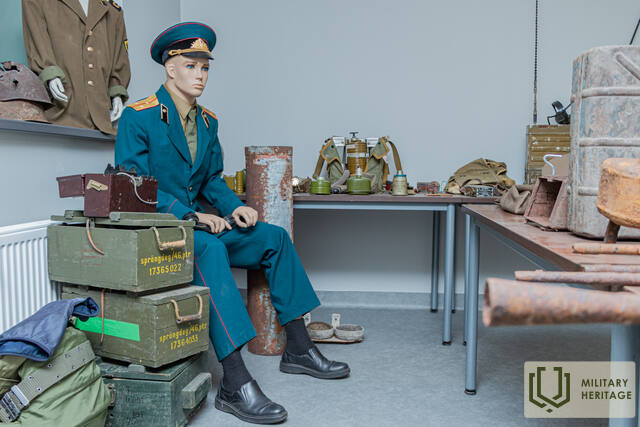
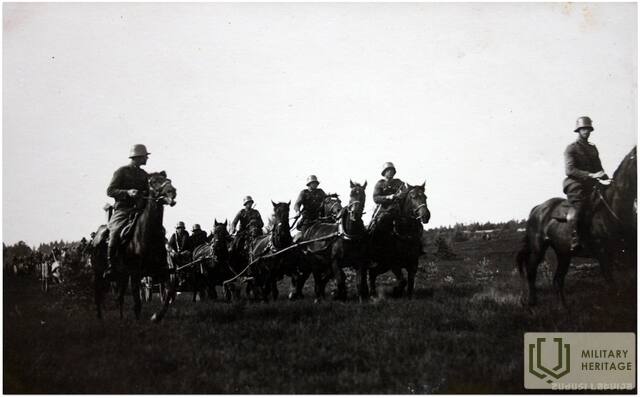
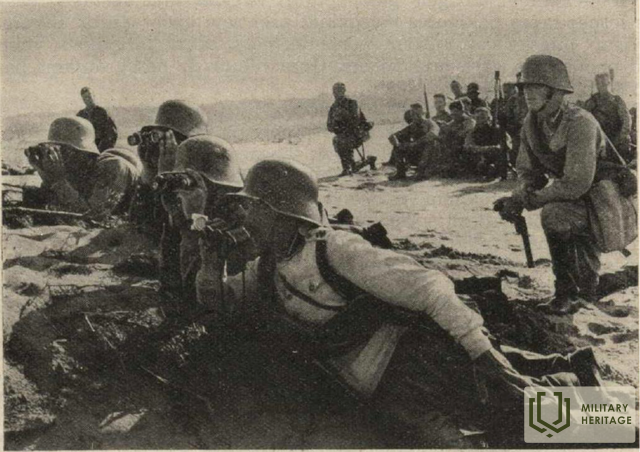
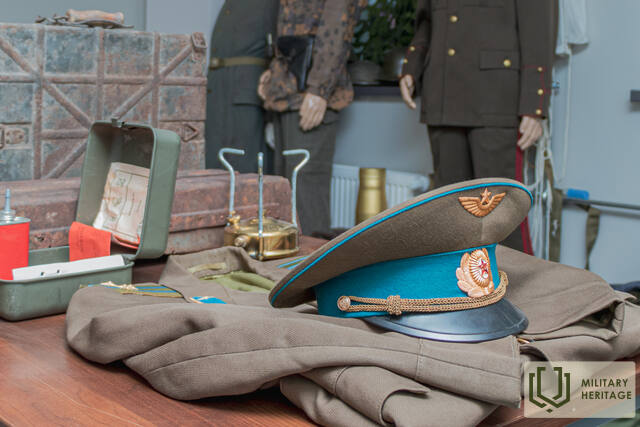

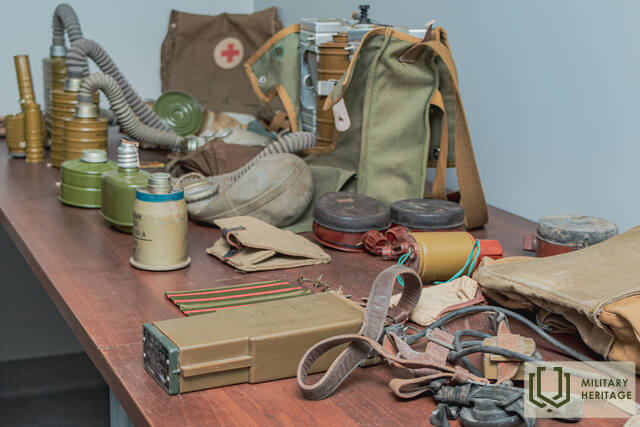
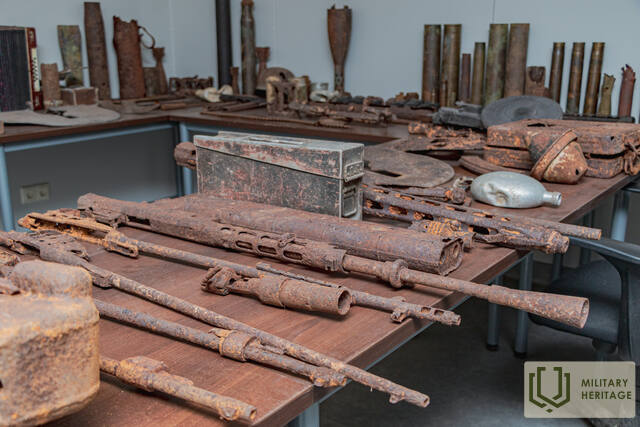
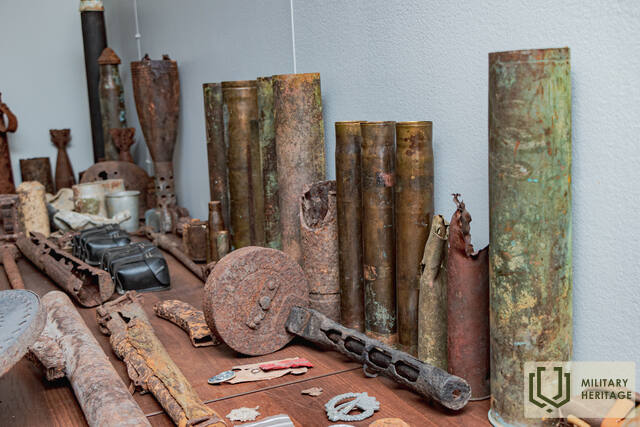
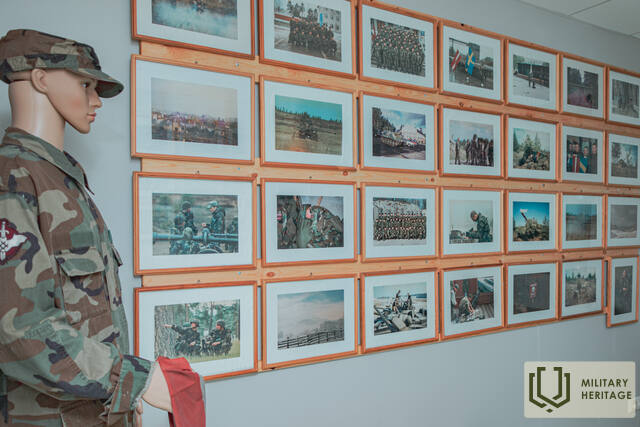
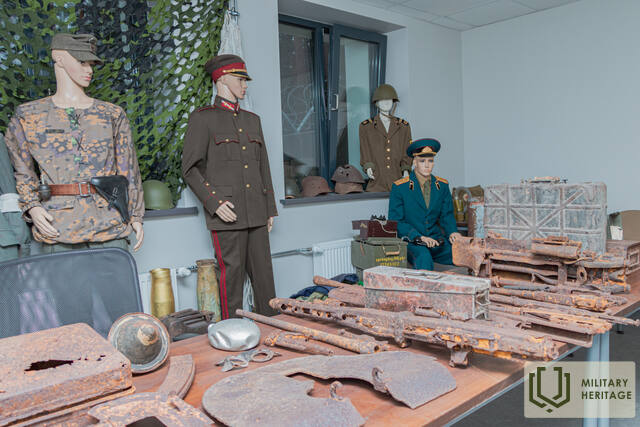
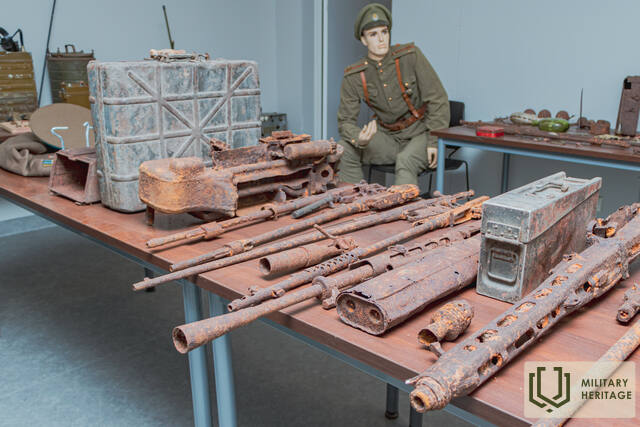
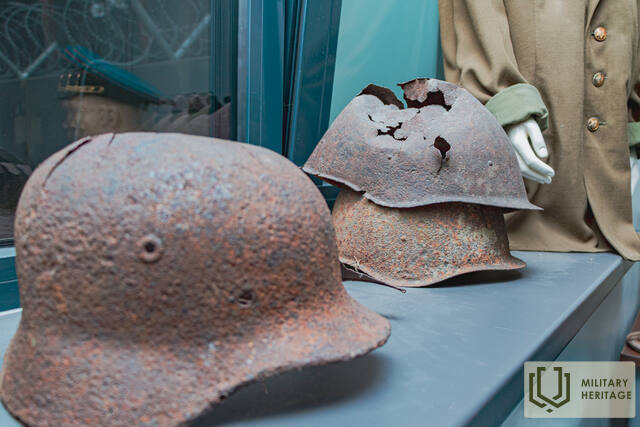
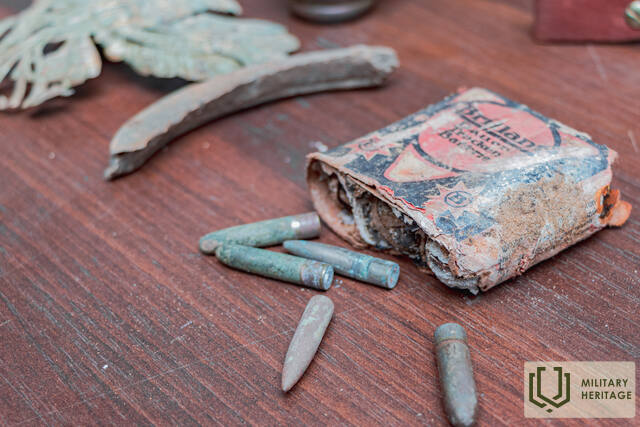
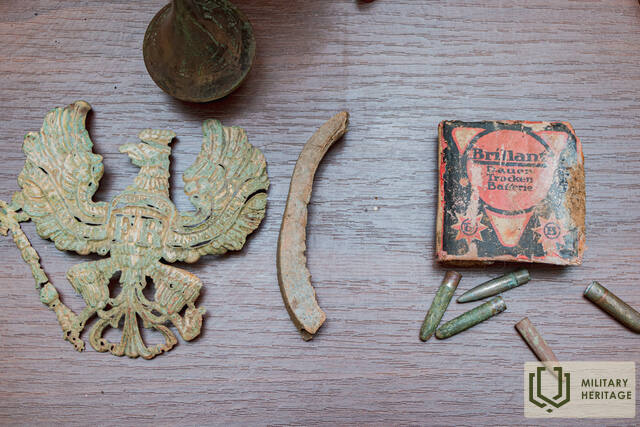
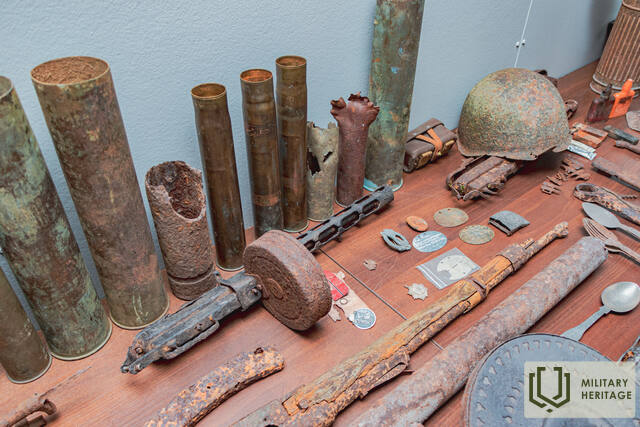











Šiuo metu paroda yra papildoma, tobulinama ir nėra viešai prieinama.
2022 09 21.